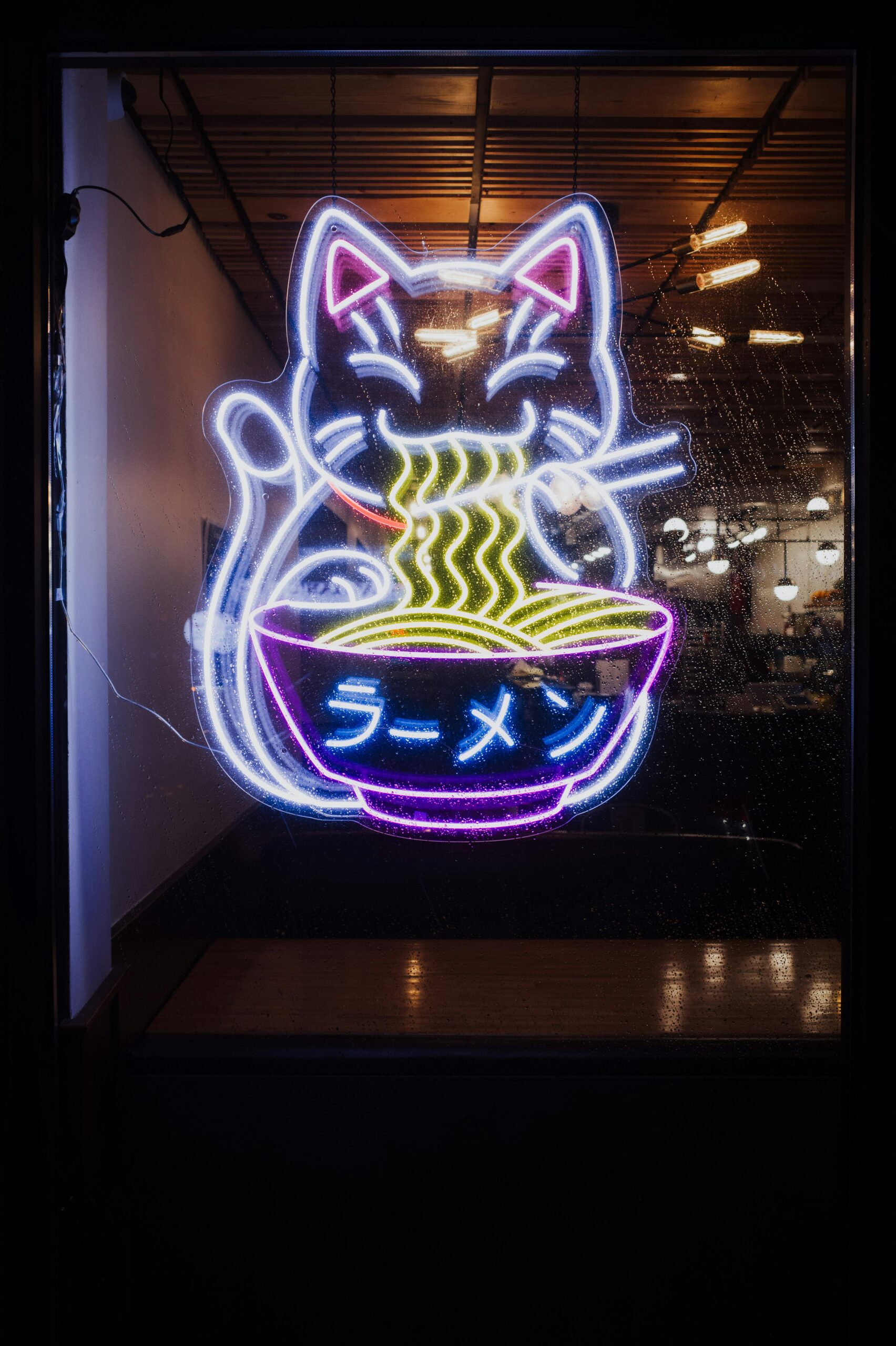Category: Learn Japanese
-
Kurikinton in Gifu – Japan’s Pure Chestnut Sweet That Marks the Start of Autumn
Discover Gifu’s kurikinton (栗きんとん) — a simple chestnut + sugar wagashi that signals Japan’s autumn. Learn the difference between osechi 栗金団 and Gifu’s fall version, explore Nakatsugawa & Ena shops, and taste the spirit of the season.
Written by
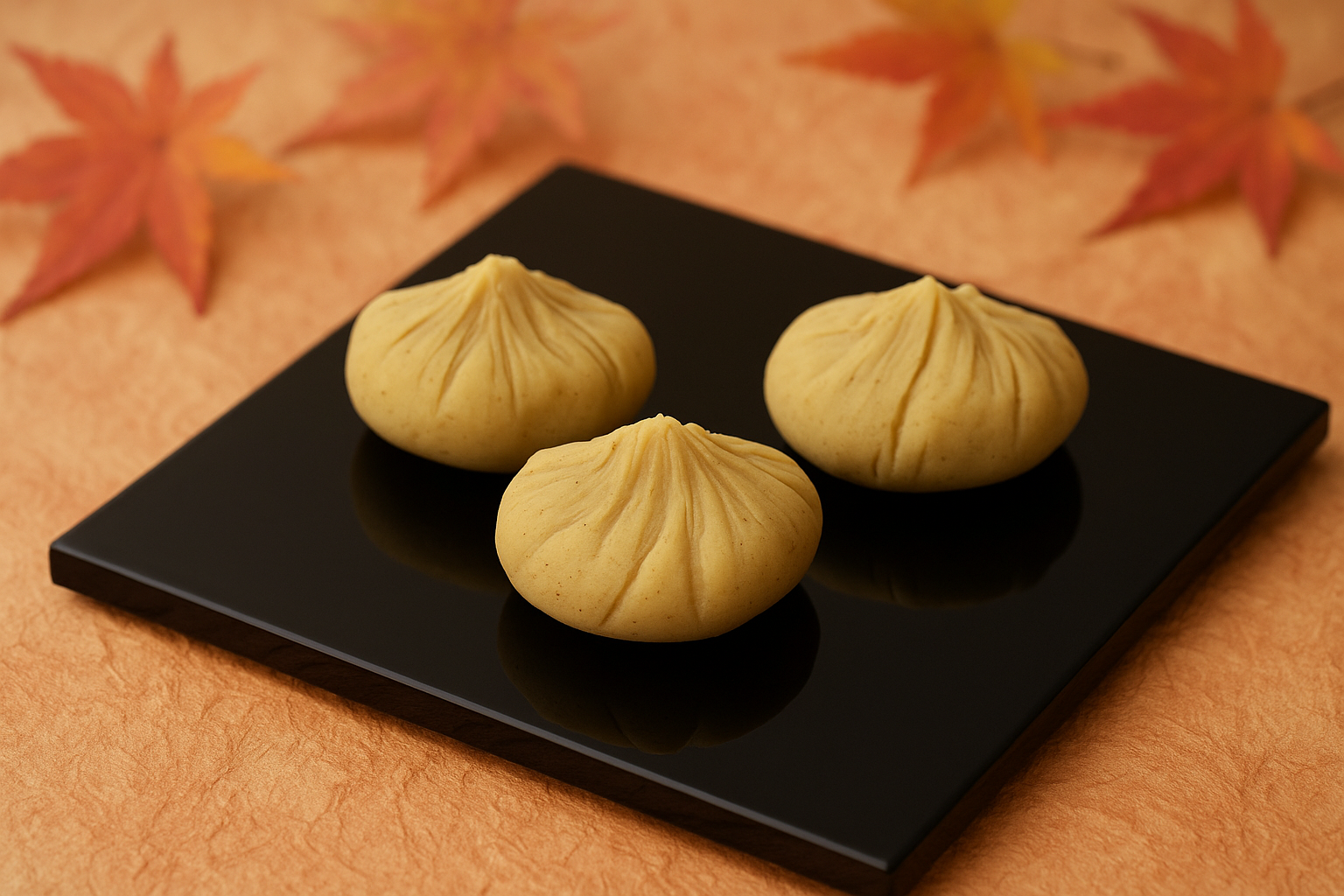
-
The Art of Chopstick Etiquette in Japan — A Guide to Eating Mindfully
When I first came to Japan, I thought chopsticks were just simple sticks. But over time, I learned they carry centuries of culture and care. In this post, I share how chopsticks began, the “don’ts” of Japanese etiquette, and the small phrases that show respect during meals.
Written by
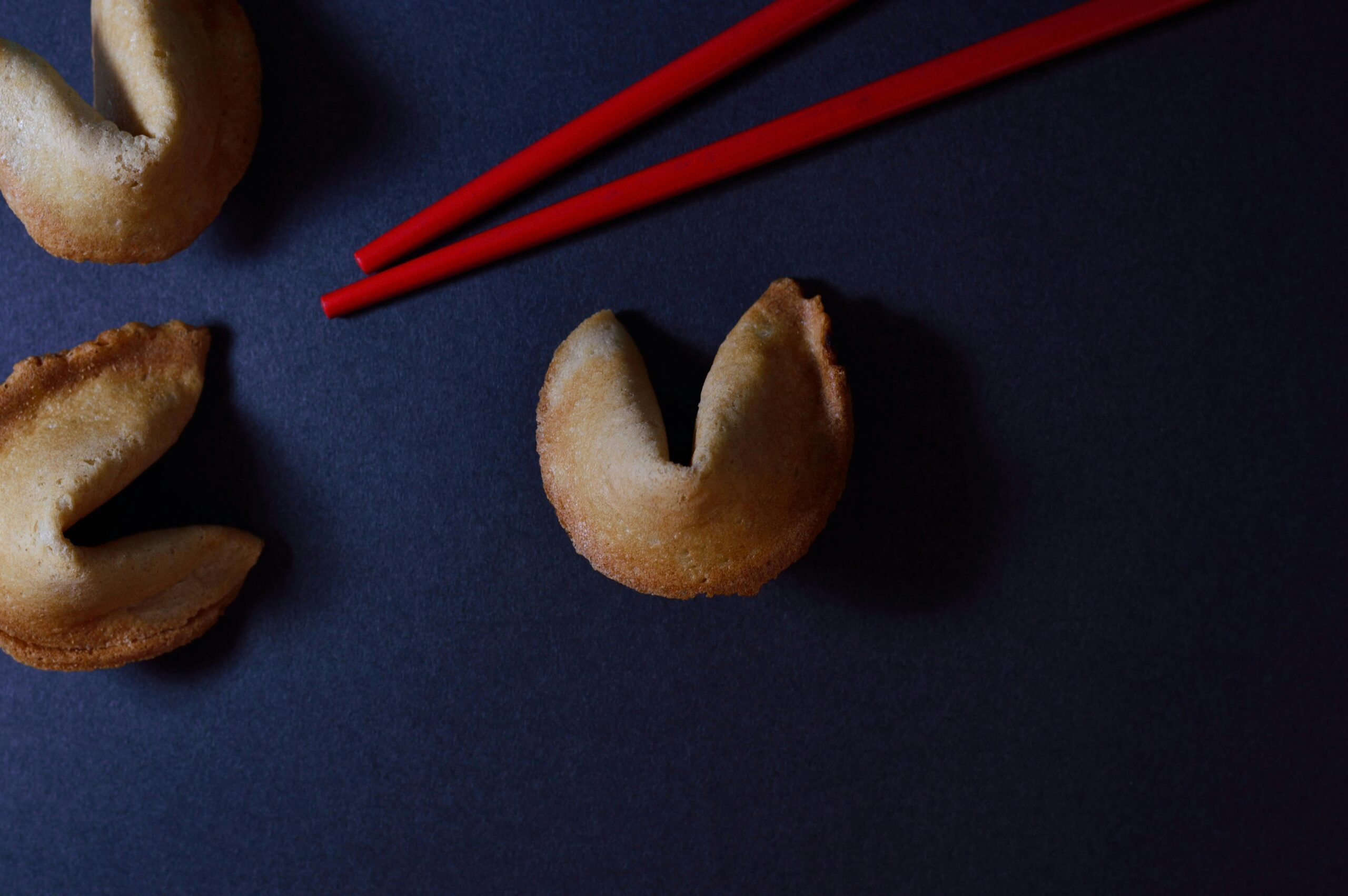
-
Visiting a Japanese Home: Modern Etiquette, Phrases, and Acts of Respect You Should Know
Visiting a Japanese home is more than just a social visit — it’s a gentle exchange of trust and kindness. From saying ojamashimasu at the door to offering a small gift and accepting tea politely, every action carries quiet meaning. In this post, I share what I’ve learned — the modern manners, useful Japanese phrases,…
Written by
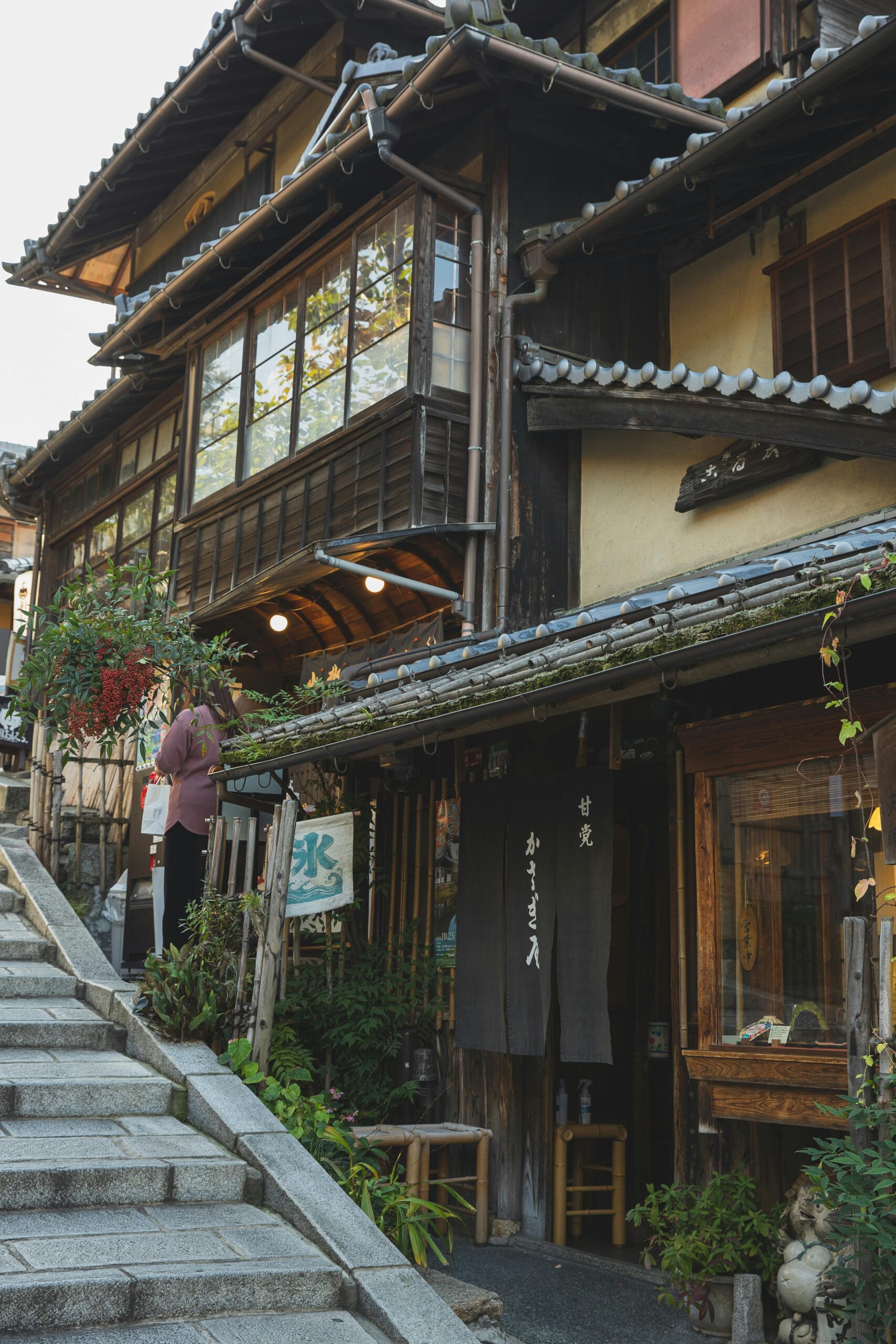
-
Useful Japanese Phrases I Use Every Day at Work
From “ohayou gozaimasu” to “otsukaresama desu,” my day as a caregiver in Japan is filled with gentle phrases that show teamwork, care, and respect.
Written by

-
Understanding “気分転換 (Kibun Tenkan)” — The Japanese Art of Refreshing the Mind
In Japan, kibun tenkan means taking a gentle pause to refresh your mood. Through my caregiving work and daily life, I’ve learned that even a small moment — a walk, a cup of tea, a quiet breath — can change everything.
Written by

-
Osewa ni Natte Orimasu” Meaning and Usage — How to Use Japan’s Polite Expression of Gratitude
In Japan, you’ll often hear the phrase “Osewa ni natte orimasu.” It’s more than just “thank you” — it reflects gratitude, humility, and the value of human connection. Here’s what it really means and how to use it naturally in daily life and work.
Written by
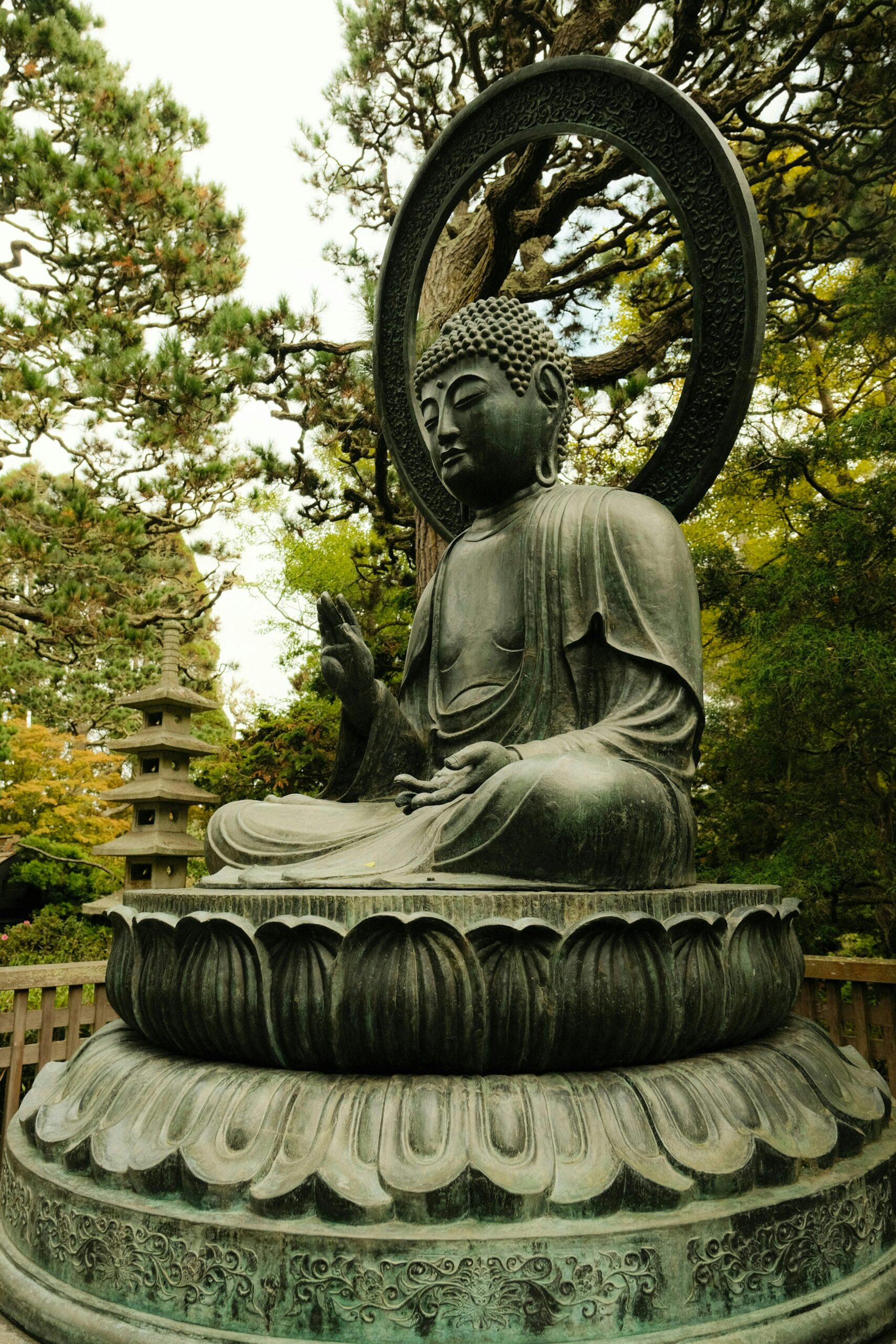
-
Understanding “Otsukaresama Desu”: A Small Phrase That Holds Japan’s Heart
When I first started working in Japan, I noticed one phrase floating around the workplace more than any other: “Otsukaresama desu.” People said it so often—after meetings, after lunch, even in the middle of the day. At first, I wasn’t sure what it really meant. But over time, I realized that this simple phrase carries…
Written by

-
The Many Ways to Say “Oishii” in Japanese: Living Deliciously in Japan
In Japan, “oishii” is more than just “delicious.” It’s a word that shows up in everyday meals, in TV dramas, and in conversations that celebrate life’s small joys. On Oishii Days, I want to share not only how to use oishii when eating but also the many other ways Japanese people express taste and enjoyment.…
Written by
